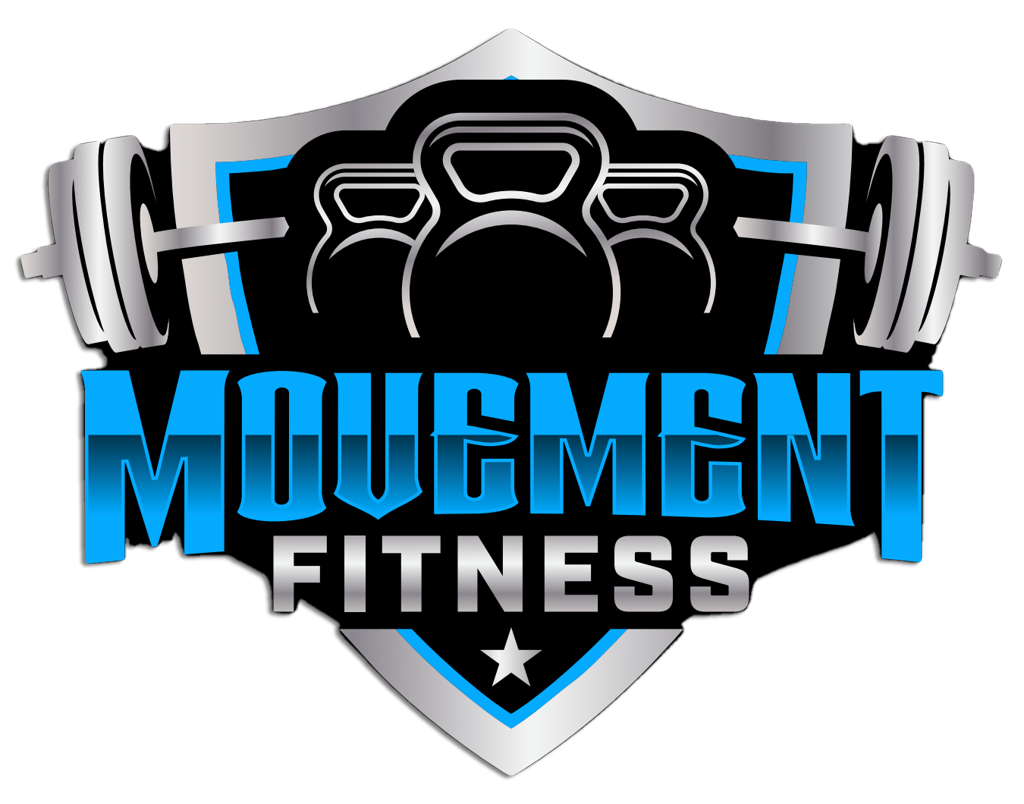Debunking Common Exercise Myths
Exercise is an essential component of a healthy lifestyle, but there are numerous myths and misconceptions that persist, leading people to make less-informed choices about their fitness routines. In this article, we’ll debunk some common exercise myths and provide evidence-backed explanations to set the record straight.
Myth 1: Spot Reduction Works
Many believe that focusing on specific body parts during exercise will help them lose fat in those areas. However, this is a myth. Spot reduction is ineffective because the body loses fat proportionally from all over. Instead, aim for overall fat loss through a balanced workout and a healthy diet.
Myth 2: No Pain, No Gain
Experiencing extreme pain or soreness after a workout is often seen as a sign of progress. While some discomfort is normal, excessive pain can lead to injury and hinder your fitness journey. Listen to your body, and remember that quality workouts are more important than pushing yourself to the brink.
Myth 3: Lifting Weights Makes You Bulky
One of the most persistent myths is that women who lift weights will bulk up like bodybuilders. This isn’t true because women typically lack the necessary hormonal profile for extreme muscle growth. Strength training can help tone and sculpt your physique without making you overly muscular.
Myth 4: Cardio Is the Best for Weight Loss
While cardio is effective for burning calories, it’s not the only solution for weight loss. Combining cardiovascular exercise with strength training is more effective in the long run. Muscle burns more calories at rest, contributing to sustainable weight management.
Myth 5: You Can Out-Exercise a Bad Diet
It’s a common misconception that as long as you work out, you can indulge in unhealthy eating habits without consequences. However, diet plays a crucial role in weight management and overall health. Exercise should complement a balanced diet, not compensate for an unhealthy one.
Myth 6: Stretching Prevents Injuries
Many people believe that static stretching before exercise is essential for injury prevention, and although it does aid in mobility and flexibility, in reality, dynamic warm-ups and proper technique are more effective for preventing injuries. It’s important to know the proper technique for your body type and goals as to not over extend yourself.
Myth 7: You Need to Exercise for Hours Every Day
You don’t need to spend hours in the gym daily to see results. Shorter, focused workouts can be just as effective, provided they are structured and challenging. Consistency and intensity are key, not the duration of your workouts.
Myth 8: Older Adults Shouldn’t Exercise
Contrary to this myth, exercise is highly beneficial for older adults. It promotes better health, mobility, and quality of life. Of course, it’s essential to consult with healthcare professionals and adapt exercise routines to individual needs and limitations.
Myth 9: Sweating Equals Fat Loss
Sweating heavily during a workout is often misunderstood as a sign of burning a significant amount of fat. In reality, sweating is the body’s way of cooling down, and it doesn’t directly correlate with fat loss. It’s essential to stay hydrated during exercise, but don’t equate sweat with weight loss.
Myth 10: Exercising in Extreme Heat Burns More Calories
While you may feel like you’re burning more calories when exercising in hot weather, the difference isn’t significant. Extreme heat can increase the risk of heat-related illnesses, so it’s crucial to prioritize safety and hydration when working out in high temperatures.
In conclusion, understanding and dispelling exercise myths is crucial for developing a safe and effective fitness routine. By separating fact from fiction, individuals can make informed choices to achieve their health and fitness goals.
References
1. Harvard Health Publishing. “Why Spot Reduction Doesn’t Work.” [Link](https://www.health.harvard.edu/staying-healthy/why-spot-reduction-doesnt-work)
2. Cleveland Clinic. “No Pain, No Gain: 5 Myths About Exercise.” [Link](https://health.clevelandclinic.org/no-pain-no-gain-5-myths-about-exercise/)
3. American Council on Exercise (ACE). “Why Women Should Lift Weights.” [Link](https://www.acefitness.org/education-and-resources/lifestyle/blog/6236/why-women-should-lift-weights/)
4. Mayo Clinic. “Strength training: Get stronger, leaner, healthier.” [Link](https://www.mayoclinic.org/healthy-lifestyle/fitness/expert-answers/strength-training/faq-20364150)
5. Harvard T.H. Chan School of Public Health. “Diet and Weight.” Obesity Prevention Source. [Link](https://www.hsph.harvard.edu/obesity-prevention-source/obesity-causes/diet-and-weight/)
6. Harvard Health Publishing. “The Truth About Stretching.” [Link](https://www.health.harvard.edu/staying-healthy/the-truth-about-stretching)
7. American Heart Association. “Recommendations for Physical Activity in Adults.” [Link](https://www.heart.org/en/healthy-living/fitness/fitness-basics/aha-recs-for-physical-activity-in-adults)
8. National Institute on Aging. “Staying Fit Can Protect Mobility in Later Life.” [Link](https://www.nia.nih.gov/news/research-interactions/staying-fit-can-protect-mobility-later-life)
9. CNN. “Sweating Myths: What’s True and False.” [Link](https://www.cnn.com/2010/HEALTH/08/19/ep.sweating.myths/index.html)
10. National Center for Biotechnology Information. “Energy expenditure during bench press and squat exercises.” [Link](https://www.ncbi.nlm.nih.gov/pmc/articles/PMC2917074/)
5 Effective Exercises for Weight Loss
Weight loss is a journey that combines dietary decisions, lifestyle habits, and an active exercise regimen. Physical activity is indispensable in this mix as it elevates the metabolic rate, forges muscle, and incinerates calories. Dive into five of the most potent exercises that promise to help shed those stubborn pounds, each supported by scientific insights:
1. High-Intensity Interval Training (HIIT)
Often revered as a dynamo in the fitness world, HIIT alternates between short, intense bursts of exercise and leisurely recovery or resting phases. This dynamism ensures a significant calorie burn in relatively shorter timeframes. What makes HIIT stand out is a study in the Journal of Obesity which underscores its efficacy. Researchers discerned that HIIT can precipitate marked reductions in total body fat, especially the visceral kind that cozies up to our internal organs [1].
2. Strength Training
While the name evokes visions of Herculean figures, strength training is universally beneficial. This regimen, whether via weights or resistance bands, is instrumental in carving lean muscle mass. The latter is a silent warrior that boosts your resting metabolic rate. The International Journal of Sport Nutrition and Exercise Metabolism published a telling study. It elucidated how resistance training can accentuate fat loss by enhancing the calorie burn long after the workout wraps up [2].
3. Running or Jogging
For those who find solace in the rhythmic patter of feet against the ground, running or jogging can be both meditative and physically rewarding. Beyond being stellar for cardiovascular health, these activities scorch a remarkable number of calories. A study anchored in the Journal of Sports Sciences throws weight behind this claim, advocating running at moderate to high intensities as a veritable weight-loss ally [3].
4. Cycling
Cycling, whether you’re breezing through scenic trails or pedaling away on a stationary bike, offers a dual boon — it elevates cardiovascular health while burning calories. The Journal of Exercise Science & Fitness featured an intriguing study which mapped the journey of participants over an eight-week cycling program. The findings were encouraging — notable weight loss coupled with significant leaps in cardiovascular wellness [4].
5. Swimming
The pool is not just a place of respite on sweltering days. Swimming is akin to a symphony where every muscle pitches in, leading to calorie burn and toning. Moreover, it’s a boon for those grappling with joint issues. A research piece in Metabolism highlights swimming’s prowess, marking it as comparable to running when it comes to diminishing body weight and fat mass [5].
To encapsulate, while the dining table plays a cardinal role in weight loss, the right exercises can truly supercharge the results. The golden rule is to seek joy in your chosen activity, which ensures unwavering dedication in the long haul.
References:
- Boutcher, S. H. (2011). High-intensity intermittent exercise and fat loss. Journal of Obesity, 2011.
- Heden, T., Lox, C., Rose, P., Reid, R., & Kirk, E. (2011). One-set resistance training elevates energy expenditure for 72 h similar to three sets. International Journal of Sport Nutrition and Exercise Metabolism, 21(2), 91-103.
- Williams, P. T. (2005). Relationship of running intensity to hypertension, hypercholesterolemia, and diabetes. Journal of Sports Sciences, 23(10), 1019-1027.
- Lee, I. M., Rexrode, K. M., Cook, N. R., Manson, J. E., & Buring, J. E. (2001). Physical activity and coronary heart disease in women: Is “no pain, no gain” passé? Journal of Exercise Science & Fitness, 285(11), 1447-1454.
- Tanaka, H., Monahan, K. D., & Seals, D. R. (2001). Age-predicted maximal heart rate revisited. Metabolism, 50(1), 91-95.


